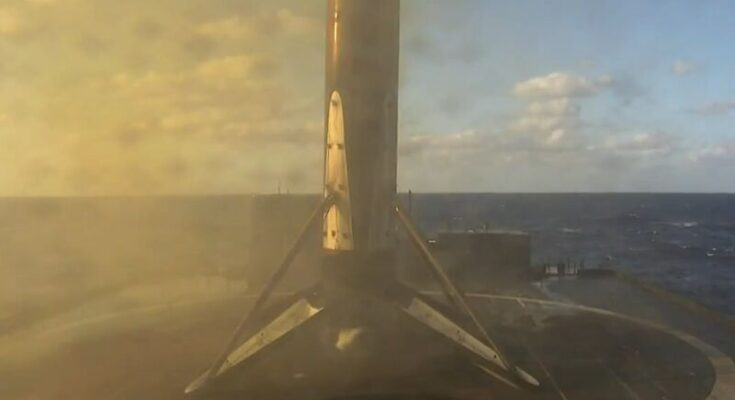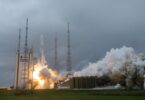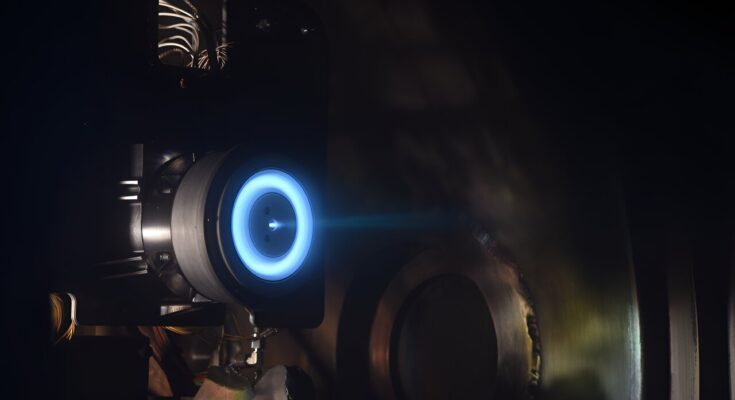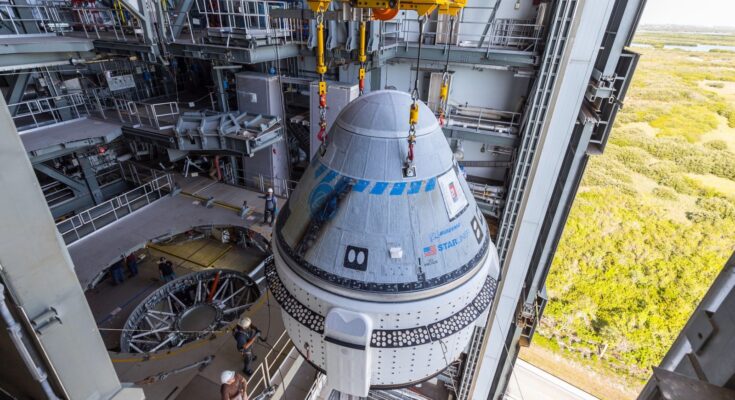SpaceX website
The launch of SpaceX has become very common. On Tuesday evening, SpaceX launched its 42nd rocket of the year, carrying another batch of Starlink satellites into orbit. It is possible that you did not notice.
However, the cumulative numbers are mind-boggling. SpaceX is currently launching at a rate of one mission every 2.7 days this year. Consider that, from the mid-1980s to 2010, the record for the world’s total number of launches in any one year was 129. This year alone, SpaceX is still continue between 130 and 140 total.
But on Tuesday evening’s mission, there was one number that stood out: 300. The Falcon family, which includes the Falcon 9 and the Falcon Heavy booster, reported its first 300 successful landings.
Rebuild many rockets
That is a lot of booster landings, and most notably, all occurred in less than a decade. SpaceX did not successfully land its first Falcon 9 until the rocket’s 20th flight. This happened with the ORBCOMM-2 mission on December 22, 2015, when the first stage returned to the vicinity of the launch site. The arrival of the first drone arrived four months later.
Over the life of the fleet, then, SpaceX has built about 85 percent of the Falcon rockets it has produced. These days, more than 90 percent of all its work is performed on previously flown boosters. So renovating rockets is a complete thing.
There are two ways to look at the value of the number 300. The first is through the stored value.
Dropping 300 rockets means SpaceX has saved 2,700 Merlin rocket engines. In round numbers, the dry weight of the first stage of the Falcon 9 is about 50 metric tons, so the landing of all these rockets prevented 15,000 tons of metal and other materials from being discarded in the seas – equivalent, in quantity, to about 100 residential houses.
Only a few rockets have been launched more than 300 times, and they are all Russian. There are many different versions of the Soyuz launched over the years, with the Soyuz-U being the all-time champion with 786 launches, followed by the Kosmos-3M booster with 445 launches and Proton-K booster with 211.
Among the rockets in operation, there are no competitors behind the Falcon 9. Russia’s Proton-M booster, which is about to be retired, has 115 propellants, the US-made Atlas V rocket has propellants 99, and the Chinese Long March 2D rocket has 89. launch.
Forever Falcon 9?
A fun arcade game is to guess whether the Falcon 9 rocket has a chance of dethroning the Soyuz as the fastest rocket of all time. Unlike all its models and since its debut in 1966, the Soyuz rocket has launched more than 1,700 times. Almost six decades on, it’s still going strong, and the Soyuz will likely continue to fly 12 or more missions a year for the rest of the decade, if not later. Although the Russian space program frequently talks about replacing the Soyuz with a new line of rockets, such boosters remain firmly on the drawing board.
As for the Falcon 9 rocket, unlike its counterparts, the booster has been launched about 350 times now. At this rate, it can be expected to overtake the Soyuz in the mid-2030s.
Of course, the Falcon 9 rocket will not continue at this rate. Sometime in the next year or two, SpaceX’s larger Starship rocket will begin launching Starlink satellites. That will take some of the need out of the Falcon 9, though the smaller device could continue to fly for the foreseeable future, possibly into the 2030s at least.
#SpaceX #boosters #rockets #launched






